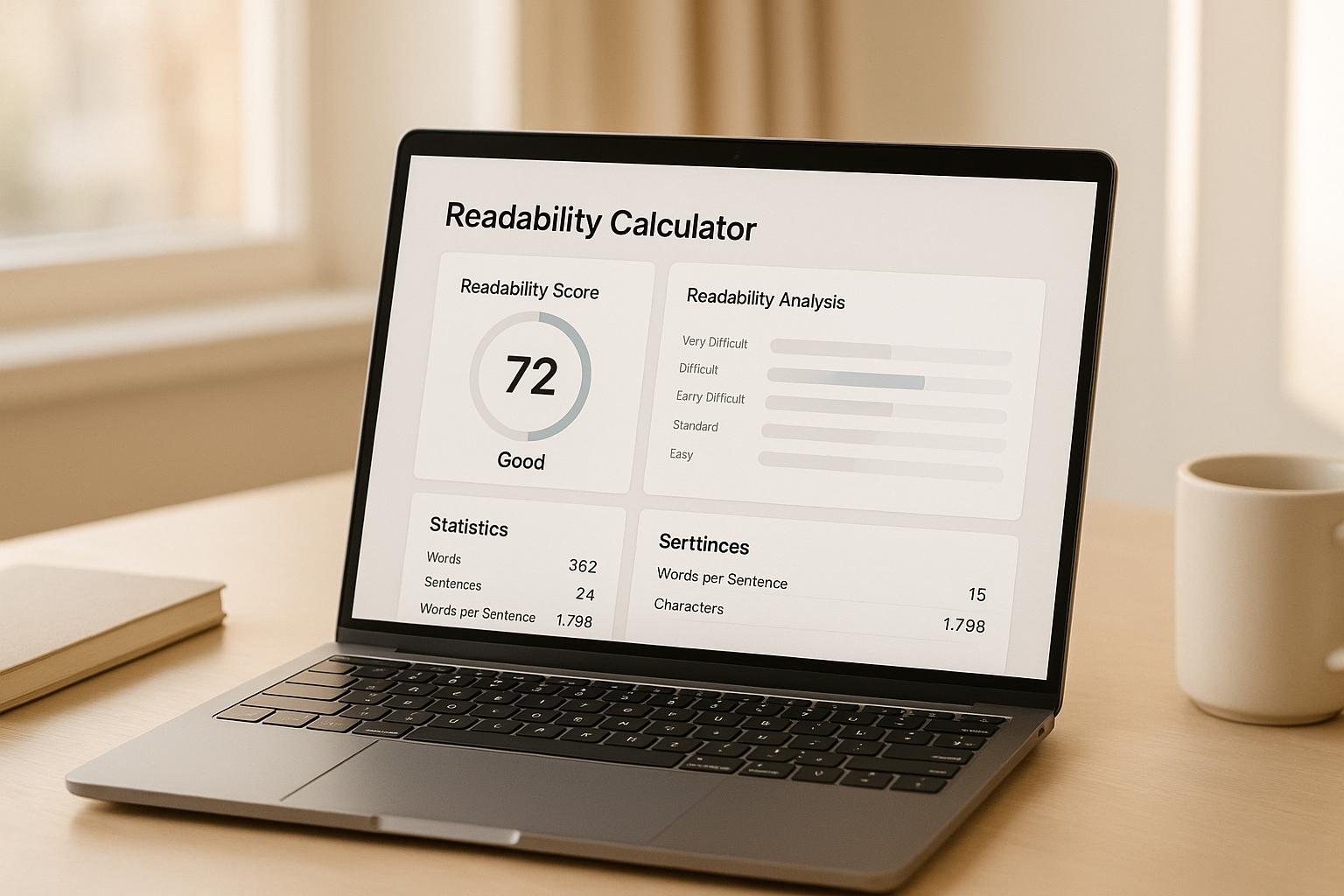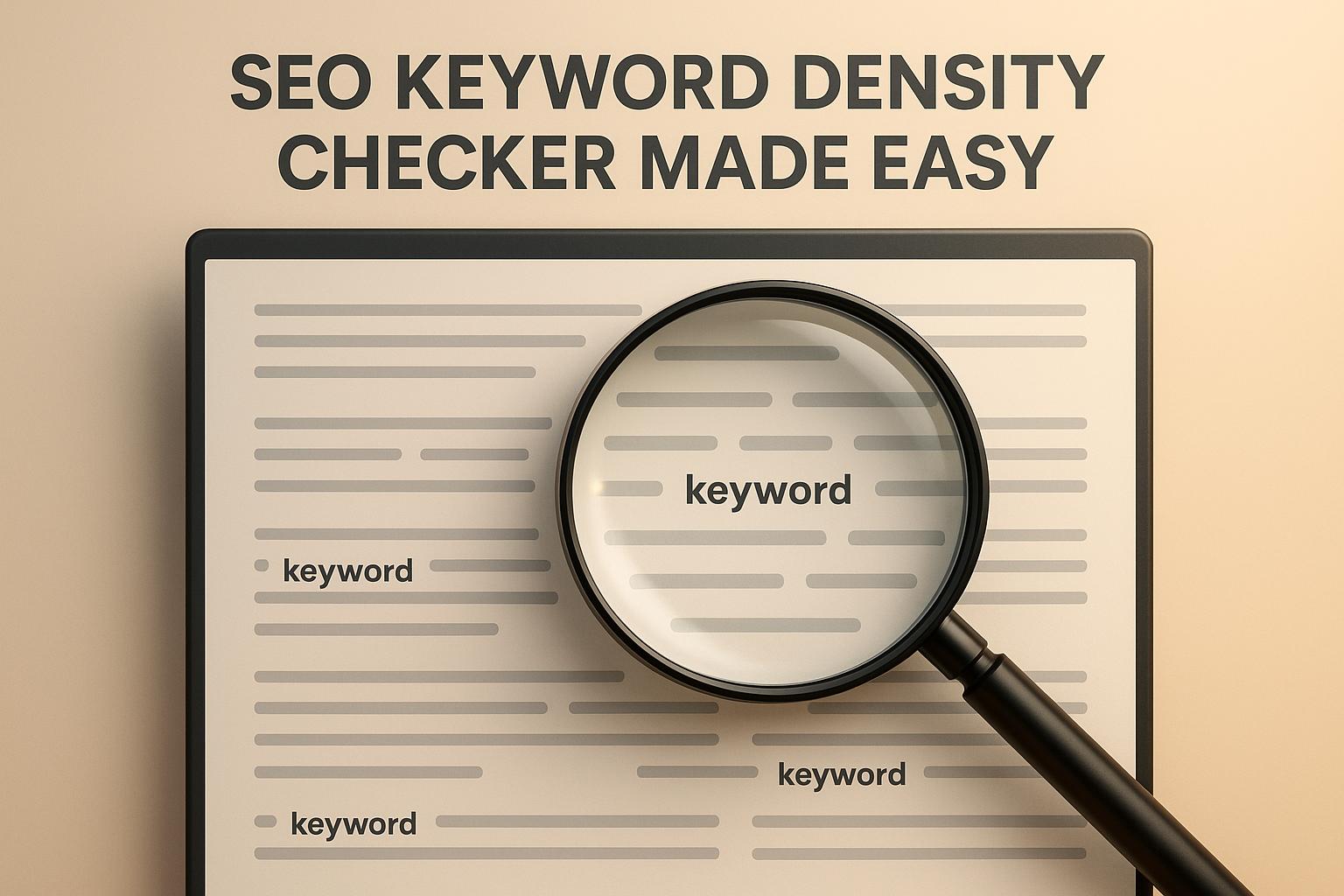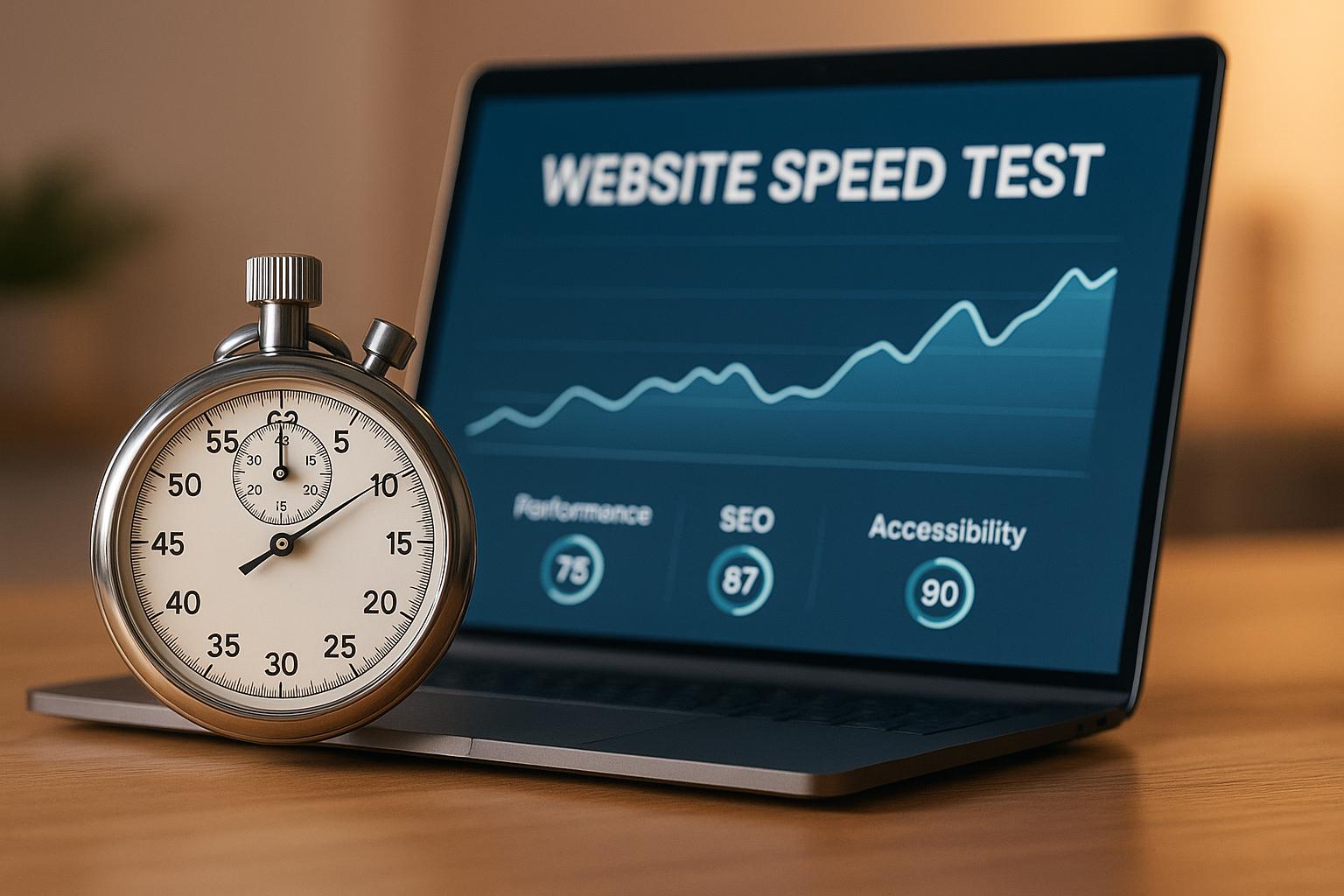

Strategizing Conversion Rate Optimization Methods

Strategizing Conversion Rate Optimization Methods
 25-02-2025 (Last modified: 23-06-2025)
25-02-2025 (Last modified: 23-06-2025)
Introduction to Conversion Rate Optimization Methods
Let’s discuss ‘conversion’ and what this actually means for your website. You may have spent months driving traffic to your website and have high number of visitors and this is great – we all know how hard it is to drive traffic to a website! BUT if visitors aren’t converting, all that effort is wasted. That’s where conversion rate optimization methods come into play. By fine-tuning your website’s user experience, content, and functionality, you can turn more visitors into paying customers, subscribers, or engaged users.
So we will take a few minutes of your time to cover the most effective conversion rate optimization methods that will help you get the most out of your digital marketing efforts. Let’s get started!

Why Conversion Rate Optimization (CRO) Matters
A low conversion rate means missed opportunities. You might be generating traffic, but if visitors leave without taking action, your business isn’t getting the value it should. Here’s why we think CRO should be a priority:
- Increases revenue without increasing traffic – Improve conversions from existing visitors rather than constantly chasing new ones.
- Enhances user experience (UX) – A well-optimized site keeps users engaged and satisfied.
- Boosts ROI on marketing efforts – Get more out of your ad spend and content marketing.
- Provides data-driven insights – CRO helps identify and eliminate friction points in the customer journey.
For a deeper understanding of why conversion rates matter in digital marketing, check out Conversion Rate in Digital Marketing.
1. A/B Testing: Find What Works
A/B testing (or split testing) is one of the most effective conversion rate optimization methods for refining your website. It involves creating two versions of a page element (headline, CTA, images, etc.) and testing them against each other to see which performs better.
How to Use A/B Testing for CRO:
- Test CTA button colors and wording (e.g., “Buy Now” vs. “Get Started”).
- Experiment with different headlines to see which grabs attention.
- Try various layouts to determine what improves engagement.
Example: An eCommerce store tested a red “Add to Cart” button versus a green one. The green button resulted in a 12% increase in conversions.
Check out our full guide on A/B Testing Examples to see how testing can transform your results.

2. Optimize Landing Pages for Higher Conversions
A poorly designed landing page can kill conversions. Follow these best practices:
- Use a clear, compelling headline – It should immediately communicate value.
- Keep forms short – Only ask for essential information to reduce friction.
- Remove distractions – A focused, clean layout improves user experience.
- Use persuasive CTA buttons – Make them visible and action-driven.
Case Study: A SaaS company improved sign-up rates by 28% just by simplifying their landing page and removing unnecessary form fields.
3. Improve Website Speed & Mobile Friendliness
A slow website is a conversion killer. Studies show that a one-second delay in page load time can reduce conversions by 7%.
Quick Fixes to Improve Speed:
- Compress images with tools like TinyPNG.
- Minimize code and enable browser caching.
- Use a Content Delivery Network (CDN).
- Choose a fast, reliable web hosting provider (see our guide on Green Website Hosting for eco-friendly options).
4. Leverage Social Proof & Trust Signals
Visitors are more likely to convert when they see proof that others trust your brand. Here’s how to add credibility:
- Customer reviews and testimonials – Show real user experiences.
- Trust badges – Display security seals, money-back guarantees, and industry certifications.
- Case studies – Share success stories that demonstrate the value of your product/service.
Example: Adding customer testimonials to a pricing page led to a 19% increase in sign-ups for a software company.
5. Personalization: Make Your Site Speak to Users
Not all visitors are the same, so why give them a one-size-fits-all experience? Personalization can significantly improve conversions.
Ways to Implement Personalization:
- Dynamic content – Show tailored product recommendations based on user behavior.
- Personalized email marketing – Send segmented offers based on customer preferences.
- Geolocation-based offers – Display relevant promotions based on a visitor’s location.
Example: An online fashion retailer used personalized product suggestions and saw a 35% increase in sales.

6. Reduce Cart Abandonment for eCommerce
If you run an online store, you know the pain of cart abandonment. On average, 69% of online shopping carts are abandoned. Here’s how to recover lost sales:
- Simplify the checkout process – Reduce the number of steps required.
- Offer multiple payment options – Make it convenient for users.
- Use exit-intent popups – Provide last-minute discounts or incentives.
- Send abandoned cart emails – Remind users of their pending purchase with a follow-up email.
Example: A travel booking site reduced cart abandonment by 22% just by adding a “secure checkout” badge and showing trust signals.
7. Heatmaps & User Behavior Analytics
Want to see exactly how users interact with your site? Heatmap tools like PageTest.ai, Hotjar and Crazy Egg provide visual insights into user behavior.
What Heatmaps Reveal:
- Where users click the most (or not at all).
- Which areas of your page are being ignored.
- How far users scroll before leaving.
Case Study: A company adjusted their CTA placement based on heatmap data and increased conversions by 18%.

Final Thoughts: Which Conversion Rate Optimization Methods Are Right for You?
Not all conversion rate optimization methods will be equally effective for every business. The key is to test, analyze, and iterate based on what works for your audience.
Our Top Takeaways:
- A/B testing helps identify what drives conversions.
- Landing page optimization improves engagement and action rates.
- Site speed and mobile-friendliness are crucial for keeping visitors.
- Social proof and trust signals increase credibility and conversions.
- Personalization makes your marketing more relevant to users.
- Heatmaps and analytics reveal user behavior insights.
- Reducing cart abandonment can recover lost revenue.
By applying these data-driven CRO strategies, you’ll optimize your website for better user engagement, higher conversions, and ultimately, more revenue. Ready to see real results? Start testing today!
FAQs: Conversion Rate Optimization Methods
What are the most effective conversion rate optimization methods?
Some of the most effective CRO methods include:
-
A/B testing to compare versions of content
-
Simplifying landing pages and forms
-
Adding trust signals like testimonials and badges
-
Improving site speed and mobile usability
-
Personalizing content and offers for different user segments
How does A/B testing improve conversion rates?
A/B testing lets you test two (or more) versions of a page element—like a headline or CTA button—to see which one performs better. It takes the guesswork out and helps you base decisions on actual user behavior, which often results in more conversions.
Why is page speed so important for CRO?
Because users won’t stick around if your site is slow. A delay of even one second in page load time can reduce conversions by up to 7%. Speed directly affects bounce rates, user experience, and ultimately your bottom line.
How can personalization boost conversions?
Tailoring the experience to a user’s location, past behavior, or preferences makes your messaging more relevant. This increases the chances they’ll engage and take action—whether that’s making a purchase or signing up.
What role does social proof play in CRO?
Social proof builds trust. Reviews, testimonials, ratings, and badges reassure users that others have had a positive experience with your product or service. That trust leads to higher conversion rates, especially for new visitors.
say hello to easy Content Testing
try PageTest.AI tool for free
Start making the most of your websites traffic and optimize your content and CTAs.
Related Posts

 06-12-2025
06-12-2025
 Ian Naylor
Ian Naylor
Content Readability Calculator for Clarity
Check your text’s readability with our free calculator! Get Flesch-Kincaid and SMOG scores, plus tips to improve clarity for your audience.

 04-12-2025
04-12-2025
 Ian Naylor
Ian Naylor
SEO Keyword Density Checker Made Easy
Analyze keyword frequency with our free SEO Keyword Density Checker. Ensure your content is optimized and avoid overstuffing penalties!

 02-12-2025
02-12-2025
 Ian Naylor
Ian Naylor
Website Speed Test for Instant Insights
Test your website speed with our free tool! Enter a URL to get instant insights on load time, TTFB, and more. Optimize your site today!
